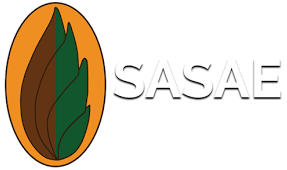Submissions
Submission Preparation Checklist
As part of the submission process, authors are required to check off their submission's compliance with all of the following items, and submissions may be returned to authors that do not adhere to these guidelines.- The submission has not been previously published, nor is it before another journal for consideration (or an explanation has been provided in Comments to the Editor).
- The submission file is in OpenOffice, Microsoft Word, or RTF document file format.
- Where available, URLs for the references have been provided.
- The text is single-spaced; uses a 12-point font; employs italics, rather than underlining (except with URL addresses); and all illustrations, figures, and tables are placed within the text at the appropriate points, rather than at the end.
- The text adheres to the stylistic and bibliographic requirements outlined in the Author Guidelines.
Copyright Notice
Copyright of all published manuscript/articles subsists in the author/s. This means that the author has full control over the work (e.g. retains the right to reuse, distribute, republish etc.). While SAJAE retains right of first publication, subsequent re-publication is expressly permitted provided the original SAJAE publication is acknowledged and cited. Authors may enter into additional arrangements for non-exclusive distribution of the SAJAE-published version of the work (e.g., post it to a repository or publish it in a book), with an acknowledgement of its initial publication in this journal.
Privacy Statement
The names and email addresses entered in this journal site will be used exclusively for the stated purposes of this journal and will not be made available for any other purpose or to any other party. Personal data collected is dealt with in accordance with the South African POPI Act, South Africa's equivalent of the EU GDPR. Also view the Khulisa Journals Data Privacy Policy for more information.



.png)